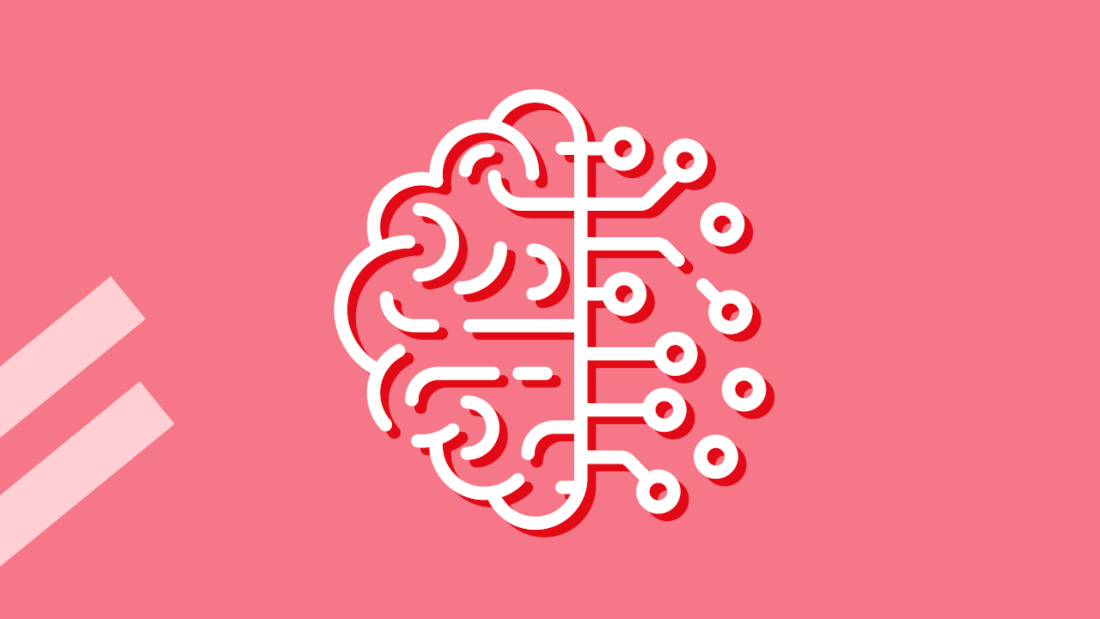I have anxiety disorder and though it’s been difficult at times I’ve come to realise that the way my brain works has some advantages as a designer.
I’m writing this piece as an honest reflection on how mental health has impacted my life for both better and worse.
It gets pretty serious with mentions of suicide, among other difficult subjects.
I’ve labelled the sections clearly so you can skip the bits you might not want to read.
And if you’re struggling with your mental health right now, I’ve included some links at the end of this article that might help.
Talking about mental health is healthy
Whenever a mental health event crops up in the calendar I’m truthfully a little bemused by the insistence on the need to talk about it.
How can it be, in 2023, that we’re still at a point where many people feel reluctant to speak up about struggling with their mental health?
Where they worry their friends, family, or their employer might look negatively on them as a result?
My hope is that by sharing some details of my own situation, others might feel less isolated, and encouraged to open up.
The bad times with anxiety were really bad
In order to get to the positive side of this story, I’ve got to start with the negatives. But this is the bit you might want to skip
From the age of 11, I became increasingly prone to feelings of deep unease – a sense that something was wrong, that the world around me was unreal, and that I couldn’t fit in.
The symptoms gradually worsened, sometimes leading to profound moments of dissociation, and sheer panic.
As a teenager in the early-to-mid 2000s, mental health was something I don’t recall being mentioned in school.
Nor do I remember anyone in my life discussing it.
I was confused and afraid, not least because of the social implications of being a teenager known as “that guy” you had to keep an eye on “in case he has one of his episodes”.
As the years went by, I never found a name for what I was experiencing.
But I did learn some basic coping strategies and was able to function for sustained periods of time.
Ultimately, though, it felt as if the struggle was going to define my life forever.
At times, the feeling was completely debilitating.
I frequently felt isolated, unable to communicate, exhausted, and sometimes terrified.
The combination of those symptoms over a period of years brought on depression which, coupled with my anxiety, made me suicidal.
That’s a difficult word for a lot of us to even read but that is the reality of how life-threatening poor mental health can be.
As a survivor, I urge anyone struggling to use the resources at the end of this post to find help if they’re feeling the same way.
Diagnosis and care
After a number not-quite-right diagnoses and various failed treatments, I eventually found the right care at the age of 30.
By that time, I’d been through 18 years of not quite understanding the problem.
The psychiatrist I met explained to me that my brain is doing something wonky – I’m paraphrasing – with a neurotransmitter called gamma-aminobutyric acid.
This affects my brain’s ability to handle the communication required to keep the balance of chemicals such as serotonin and cortisol at appropriate levels.
This means that my default settings are biased towards anxiety.
Strengths in the way my brain works
Over the past few years of recovery, I’ve recognised strengths in the way my brain works, and in my perspective on the world.
Everyone’s mileage will vary when it comes to anxiety but here a few of side effects I’m happy to have in my life.
The devil is in the detail
In general, anxiety made me a detail-oriented person.
I pick and prod and explore because my brain just wants to do it.
Without techniques learned through therapy, the tendency to over-analyse can be destructive.
Through effective treatment, however, I’ve learned to curb the detrimental effects while leveraging my inclination to dig into the nitty gritty.
Mapping out complex journeys and drilling into the detail scratches the itch my brain has to think a lot about something. It’s a constructive outlet.
Empathy and a Spidey-sense for anxiety
For as long as I’ve been a designer, I’ve considered empathy to be one of the guiding principles of my work.
It’s important to speak with individuals, understand their needs, and empathise with the pain points they experience.
With my own experience, I’m instinctively conscious of the areas of services that might be more likely to induce feelings of anxiety.
Even simple frustrations could be highly unwelcome depending on the context, such as:
- being asking for information they can’t immediately find
- using a service critical to their own wellbeing or the wellbeing of a loved one
- not receiving an important email that keeps them informed
These are the points on a service blueprint that I’ve started to highlight as potential triggers for someone with similar problems to me.
Don’t speak
Something that goes hand-in-hand with empathy is knowing how to just listen.
I know that sometimes just giving someone space to talk is enough for them to articulate something difficult or buried deep down.
I learned this by speaking with a psychiatrist and a psychotherapist whose patience in hearing me out eventually allowed me to reach the right outcome.
The biggest lesson
Above all, years of struggling have taught me that anyone can be impacted by poor mental health.
You don’t need to have gone through anything difficult in your life. You don’t need to live under difficult circumstances. You don’t even need to have been diagnosed.
Sometimes our brains just do strange things that affect us and those around us.
Only by acknowledging and accepting these facts can we hope to do anything about it.
Get support for your mental health
- UK has resources for help with your mental health including urgent helplines: https://www.nhs.uk/nhs-services/mental-health-services/
- If you’re really struggling and need to speak to someone, Samaritans offers telephone, email, live chat, face-to-face, and even options for communicating in writing: https://www.samaritans.org/how-we-can-help/contact-samaritan/
- Better Help provides online routes to mental health care: https://www.betterhelp.com/



